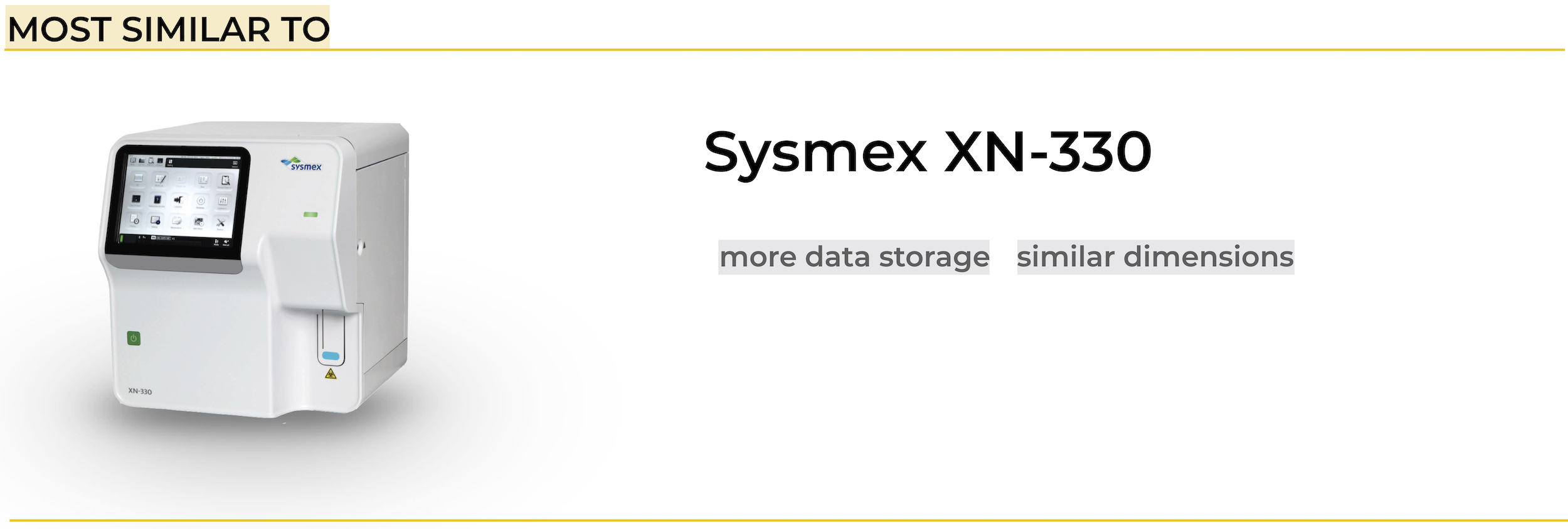


The success rate for Mars landing missions is only 35%. Furthermore, among the 20 Mars landing attempts, only 7 robotic rovers were successful. The overall success rate is only 41.3% though. All of these greatly inspire the development of advanced guidance, navigation, and control (GNC) technologies.ĭuring the past 50 years of Mars exploration, 46 Mars exploration spacecraft have been launched. The representative Mars landing missions including NASA’s Viking 1 and 2, Mars Pathfinder (MPF), Mars Exploration Rovers (MER, including the Spirit and Opportunity rovers), Phoenix, Mars Science Laboratory (MSL, including the Curiosity rover), and ESA’s Mars Express/Beagle 2 mission. Considering scientific returns and exploration capabilities, Mars landing exploration is also essential and is one of the most popular tasks of human deep space exploration in the near future. With the development of aerospace science and technology, the manner of Mars exploration has shifted from flyby/orbiting to landing and roving explorations.

Since the 1960s, humans have investigated the Mars exploration missions in the near distance. This is the main approach to improve the navigation capability.Īs the most similar planet to the Earth in the Solar system, Mars is considered as an ideal target for planetary exploration.

In order to improve the navigation performance, the navigation scheme is optimized by beacon configuration optimization, which gives the best locations of beacons (or the best orbit of navigation orbiters). Focusing on the relationship between the configuration of radio beacons and observability, the Fisher information matrix is introduced to analytically derive the degree of observability, which gives valuable conclusions for navigation system design. The observability of navigation system is used as an index describing the navigation capability. This chapter aims to analyze the feasibility and optimize the performance of the Mars Networks-based navigation scheme for the Mars pinpoint landing. So the navigation scheme especially the beacon configuration has to be optimized in order to efficiently use the limited navigation information. However, the number of beacons or the Mars orbiters which can provide the navigation service is so limited and the line-of-sight visibility cannot be guaranteed during the landing period. Therefore, autonomous navigation is indispensable during the Mars approach, entry, and landing phase. In order to achieve more scientific returns for Mars, future Mars landers will be required to land at certain landing point with special scientific interest.


 0 kommentar(er)
0 kommentar(er)
